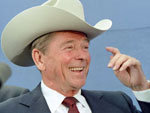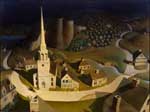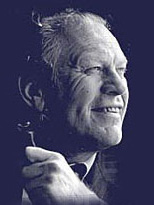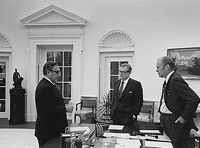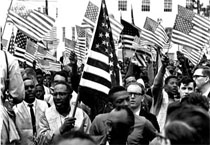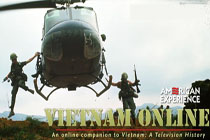This lesson asks students to use primary source evidence to assess Grant Wood’s famous 1931 painting, The Midnight Ride of Paul Revere. Students must also determine the event's historical significance. This lesson offers a wealth of resources for analyzing artwork as historical evidence and provides a nice example for using artwork along with written documents to learn about the past.
The lesson opens up by asking students to note their initial impressions of Wood's painting. Additional resources are included to help students analyze the painting.
Following the opening activity, students read a series of primary accounts of the event from the British perspective and the colonial perspective. Teachers should consider the lesson plan’s suggestion to jigsaw this activity since the documents range in length and difficulty.
The lesson concludes with multiple assessment options including analyzing the poem "Paul Revere's Ride" by Henry Wordsworth Longfellow, using evidence to distinguish between fact and fiction, and writing a short story. Teachers could also easily create a document-based question assignment to assess students' historical understanding.
